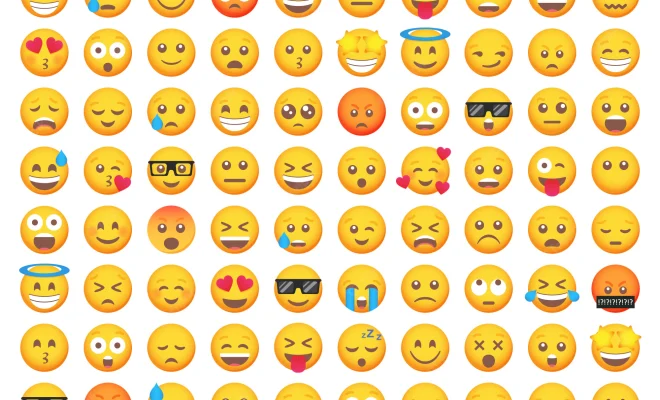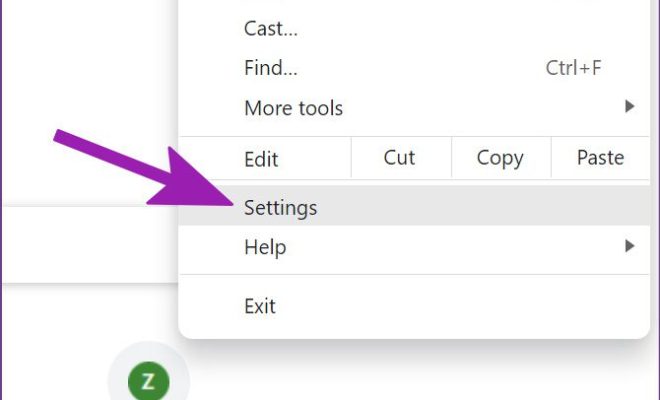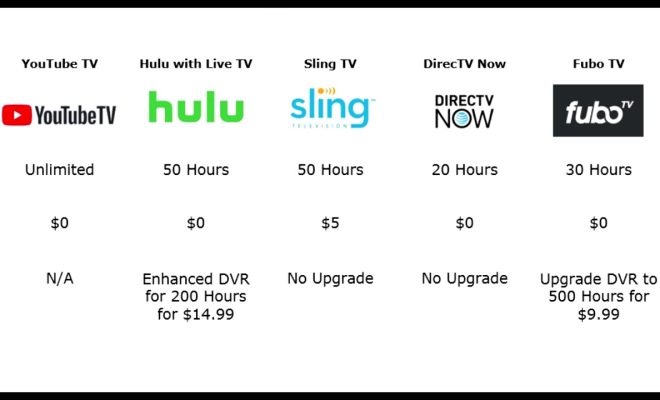That Emoji Might Not Look the Same On Your Friend’s Phone

Emojis have become an essential part of modern communication, and we use them to express our feelings, reactions and thoughts in a fun and creative way. But did you know that the emoji you send to your friend might not look the same on their phone as it does on yours?
Emojis are created and regulated by the Unicode Consortium, which is a non-profit organization responsible for standardizing text and symbols across different devices and platforms. The Unicode Standard assigns each emoji a unique code point, which ensures that they are interpreted and displayed consistently across different devices, operating systems and applications.
However, the visual design of each emoji is decided by the vendor or manufacturer, such as Apple, Google, Samsung, and others. This means that different vendors may create their own versions of the same emoji, using different colors, shapes, and expressions. For example, the “smiling face with sunglasses” emoji looks slightly different on an iPhone than it does on an Android device.
The variations in emoji design may seem minor, but they can cause misunderstandings or misinterpretations in communication. A smiling face on one device may appear as a neutral or sad face on another device, leading to confusion and frustration. Additionally, different platforms may not support certain emojis, which means they may not display at all or appear as a blank box.
To address these issues, the Unicode Consortium regularly updates the Unicode Standard with new emojis and guidelines for their design. Vendors are encouraged to adopt the standard to ensure compatibility and consistency across devices. However, the final decision on how an emoji looks ultimately rests with the vendor, which means there may still be differences in design and compatibility.
So the next time you send an emoji to a friend, keep in mind that it might not look exactly the same on their device as it does on yours. While emoji variations might seem insignificant, they can affect how we communicate and convey our emotions. To avoid misunderstandings, it’s good to use emojis sparingly and supplement them with clear and direct language






